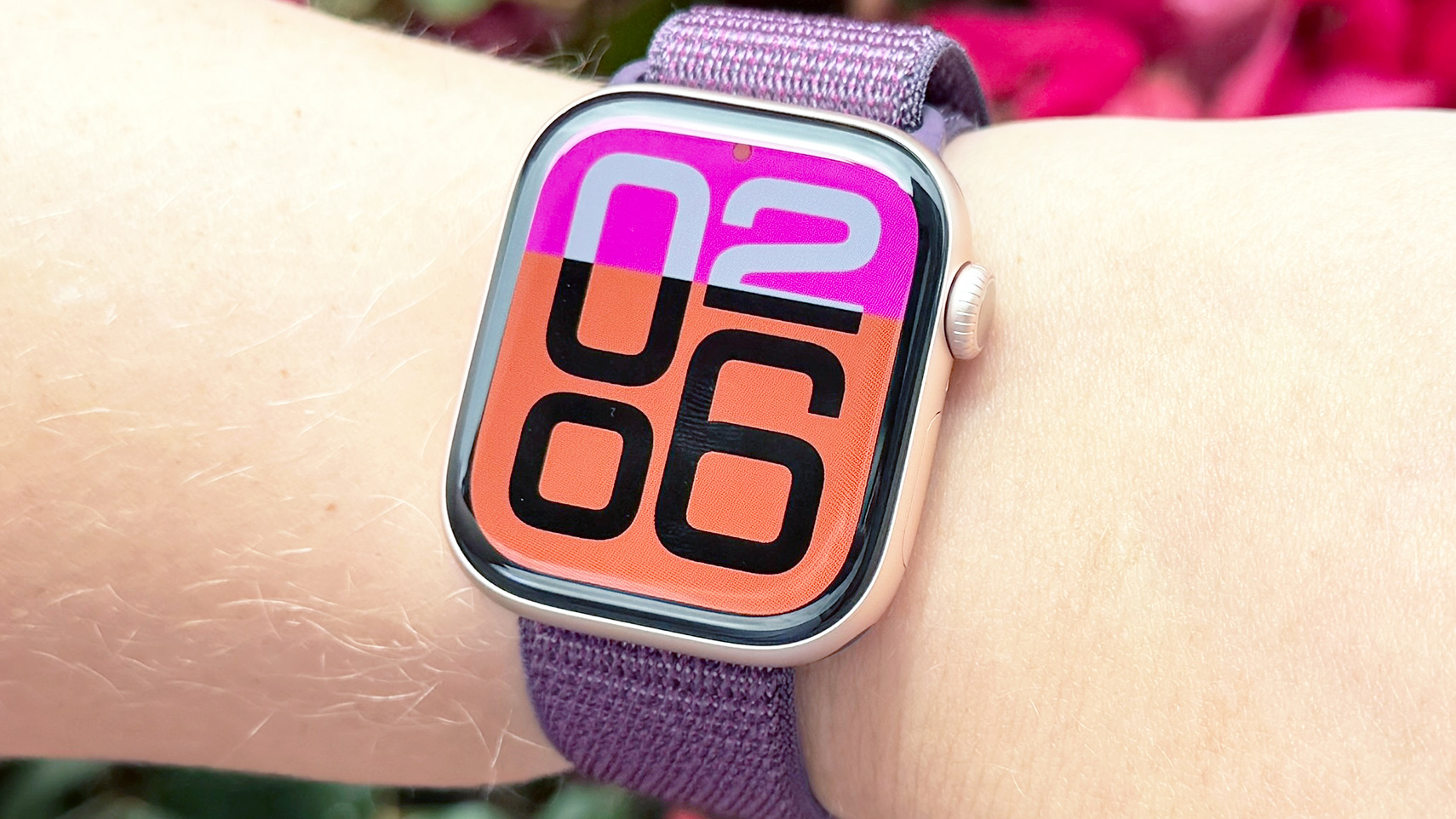
New Apple Watches are (probably) right around the corner. For the past 10 years, Cupertino has dropped at least one new wearable annually during an early autumn event. And in 2025, the tradition is likely to continue. But how many new models will we get, and what core feature upgrades will they boast?
As a smartwatch reviewer at Tom’s Guide, I’ve spent a ton of time with watchOS devices strapped to my wrist. And even though the current Apple Watch Series 10 is one of my favorite smartwatches on the market today, it still has room for improvement. The same goes for the Apple Watch Ultra 2.
With that in mind, these are the five most significant upgrades I want to see come to the Apple Watch Series 11 and Apple Watch Ultra 3 in 2025, in order from most to least likely.
1. A dynamic ‘energy’ score
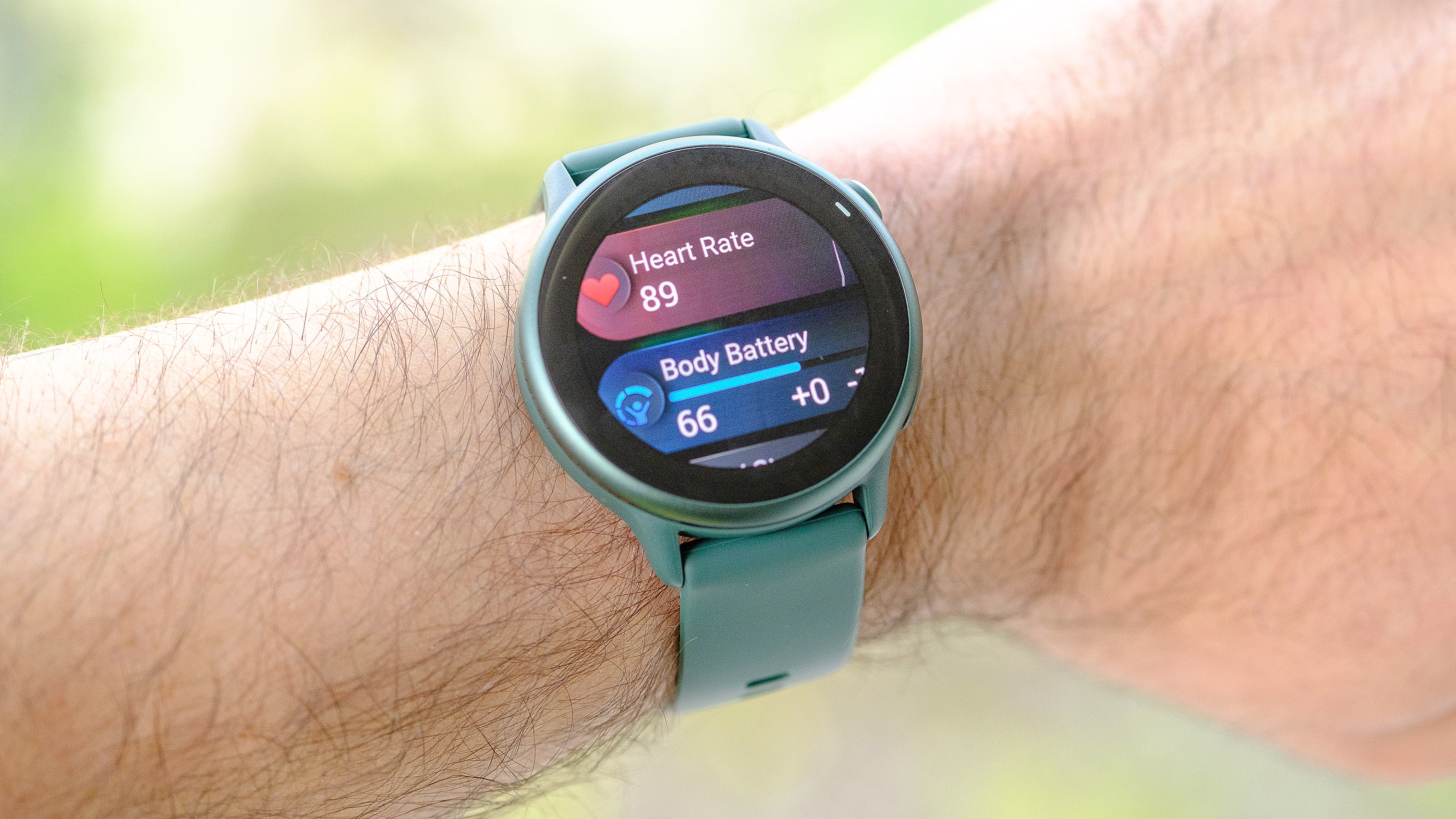
I’m hopeful that Apple’s implementation will update dynamically throughout the day to provide users with the most up-to-date holistic insights.
In 2025, most smartwatches, from the best Garmins to our favorite smartwatches for Android, feature some sort of daily score — generally on a scale from one to 100 — that reflects a user’s energy levels based on recent sleep quality and workout habits.
Names for the feature vary — Garmin calls it Body Battery while Samsung calls it an Energy Score — but the usefulness of the metric is the same: It gives users a real-time snapshot of their overall well-being.
In practical terms, I’ve used these scores to determine what types of workouts to take on in a given day (or not).
However, two major smartwatch brands that have yet to join in on the energy score fun: Apple and Google. We already know that Apple’s next-gen watchOS 26 will introduce a ‘Workout Buddy’ feature along with a refresh of the Workout app itself. Could some sort of dynamic energy score be part of this overhaul?
With Apple focusing on personalized workout guidance, it seems pretty darn likely. However, I’m hopeful that Apple’s implementation will update dynamically throughout the day to provide users with the most up-to-date holistic insights.
2. Better battery performance across the board
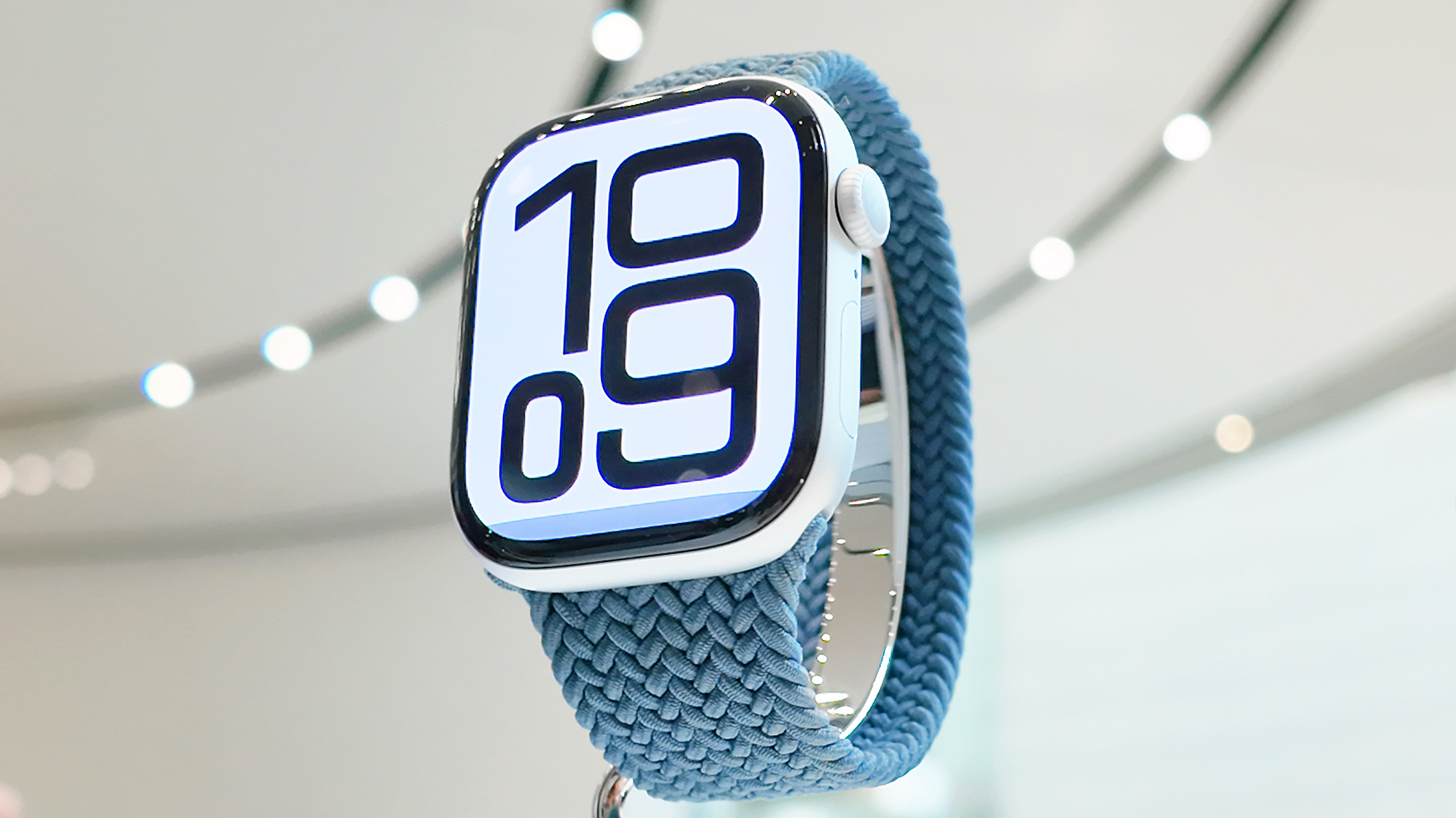
Excluding the Apple Watch Ultra series, the flagship Apple Watch line has been stubbornly stuck at 18 hours of use per charge (in standard mode) since the very first model. However, I’m bullish that this will be the year Apple's watch breaks free of that woeful constraint.
The rumor mill seems to back up my positive vibes with leaks suggesting that the Apple Watch Series 11 could last longer thanks to a much more energy-efficient display. Apple’s next-generation A11 chip might also be better at managing power use.
Ultimately, though, it’s a larger capacity battery that will truly move the needle when it comes to longevity. That would, of course, require some serious redesigning of the internal components. Given that Apple just introduced a case redesign with the Series 10, I’m not sure how likely that is, but I remain optimistic.
3. A programmable ‘Action’ button on every model
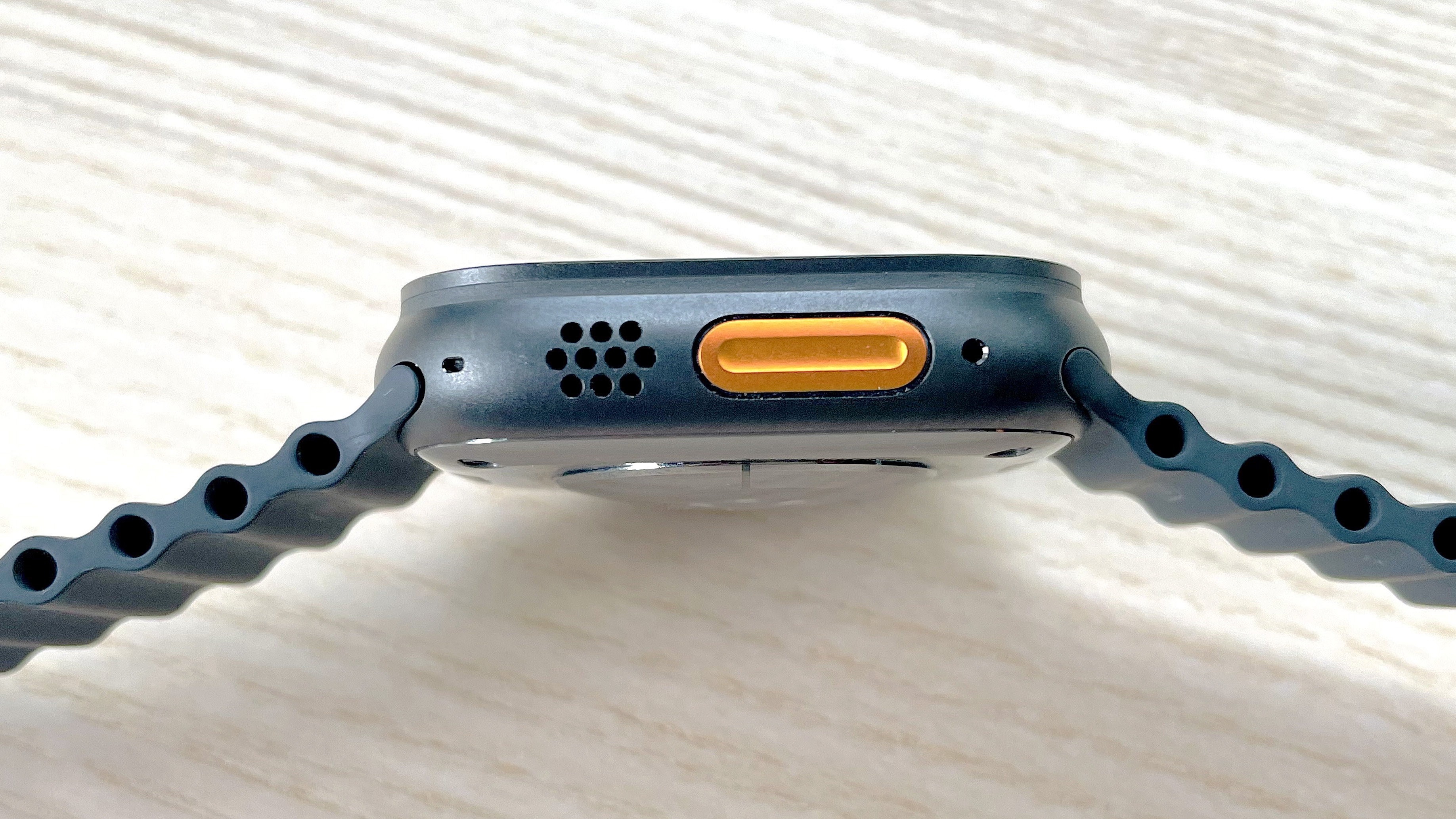
I know, I know, Apple needs some concrete ways to differentiate the Ultra 3 from the Series 11 and SE 3. In addition to offering double the water resistance, one of the other major physical advantages the Apple Watch Ultra 2 has over the Series 10 and SE (2022) is a third programmable ‘Action Button’ on the side of the case.
Physical buttons rule. As someone who uses a smartwatch to track workouts frequently, I have no love for touchscreens when I’m dripping with sweat and attempting to end my session.
Better yet, customizable buttons are nothing short of awesome. And while I wish Apple would expand the customization options for the Ultra 2’s Action Button, I’d be even more thrilled to see it show up on the Series 11 (I won’t hold my breath for an Action Button on the Apple Watch SE 3, though).
4. A return of the blood ox sensor for U.S. customers
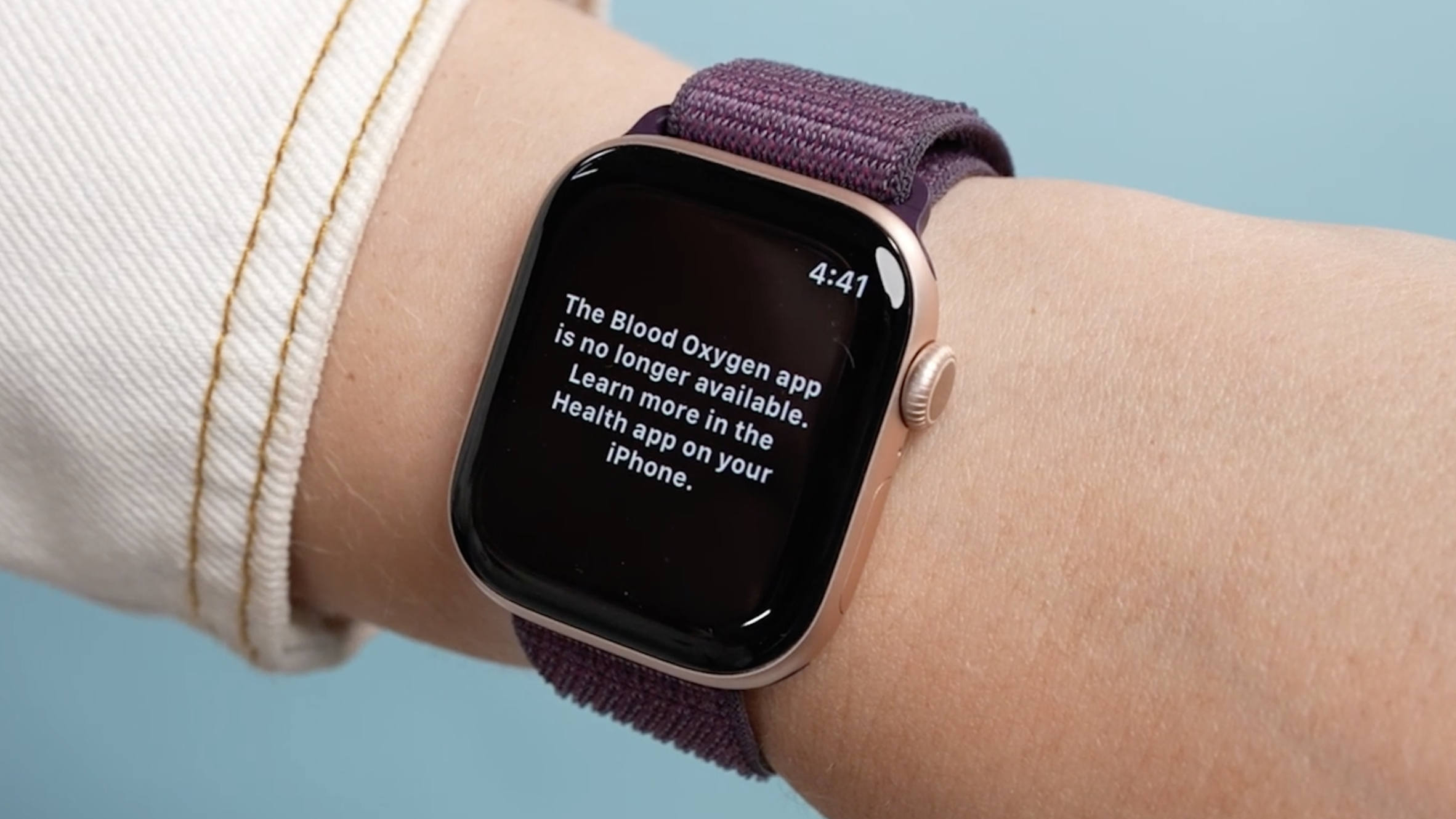
We’re getting toward the part of the list that can be filed under "unlikely to happen." As a U.S.-based Apple Watch user, I’m still, frankly, shocked that Cook and Co. haven’t sorted out the whole blood oxygen sensor legal fiasco with rival Masimo.
Blood oxygen sensors are a quick, non-invasive way to get a sense of how much oxygen your blood cells are carrying at any given moment. A low percentage can be a sign of cardiovascular or respiratory issues, meaning a user might want to seek out a doctor for further examination.
Unfortunately, owners of the Series 9, Series 10, and Ultra 2 will find their device’s blood oxygen app (Sp02) disabled when they try to open it. But could it make a comeback with the introduction of the Series 11 and Ultra 3? I’m not much of a gambler, but my gut says no.
5. A smaller Ultra option
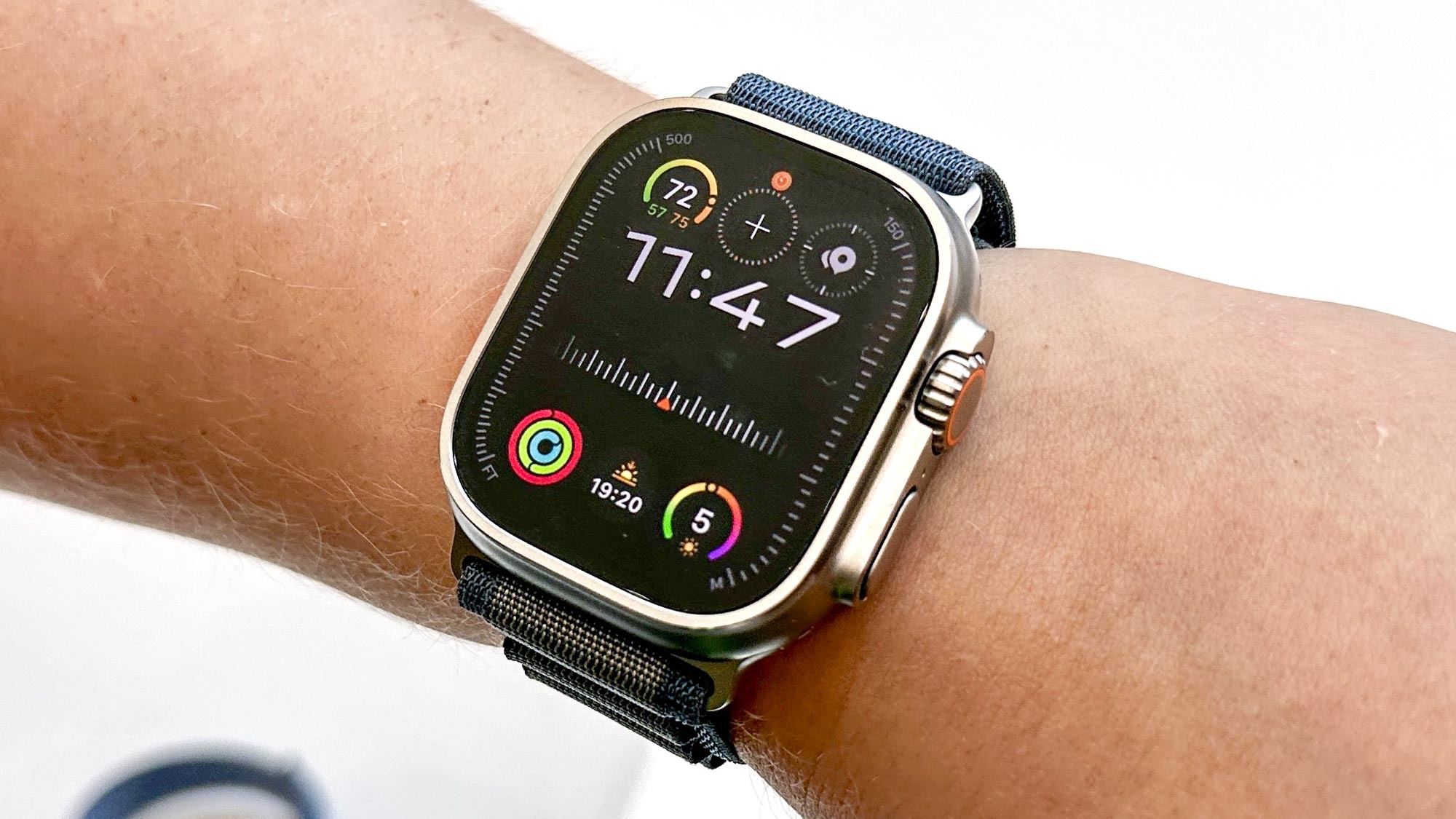
"A 45mm Ultra 3 with all the features of the bigger-boy would be nothing short of my dream smartwatch."
I will eat my laptop if this one actually comes to fruition. I love the Apple Watch Ultra Series, with its long-lasting battery, rugged titanium case, plentiful water resistance for hardcore swimmers, and a plethora of physical buttons. But I loathe its 49mm case size. Simply put, it looks and feels too big and unwieldy on my wrist.
This is why I would be delighted if Apple took a page out of the standard Apple Watch series playbook and launched a second, smaller Ultra 3 option for folks like me with dainty wrists. For example, a 45mm Ultra 3 with all the features of the bigger-boy would be nothing short of my dream smartwatch. Unfortunately, that seems rather unlikely in 2025.
Several months out from its likely launch, rumors suggest that there will be only one Ultra 3 model and that it will likely retain the 49mm case size, but with a slightly larger display. That’s certainly better than a size increase to 51mm, but it still won’t be enough to convince me to rock an Apple Watch Ultra 3 on the regular.







